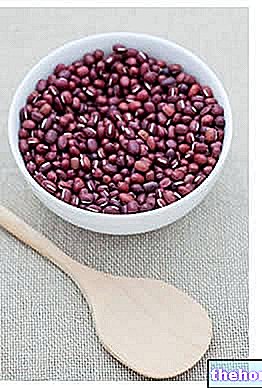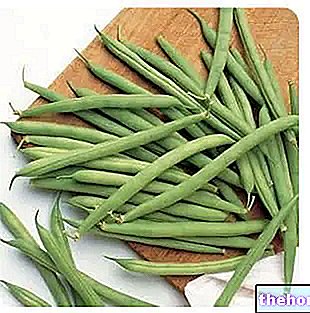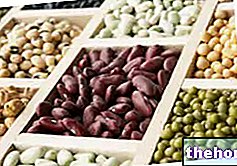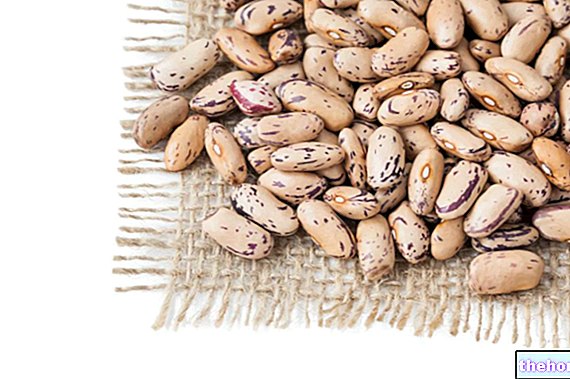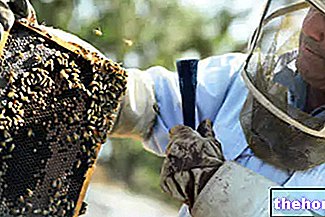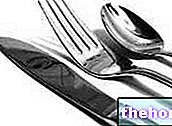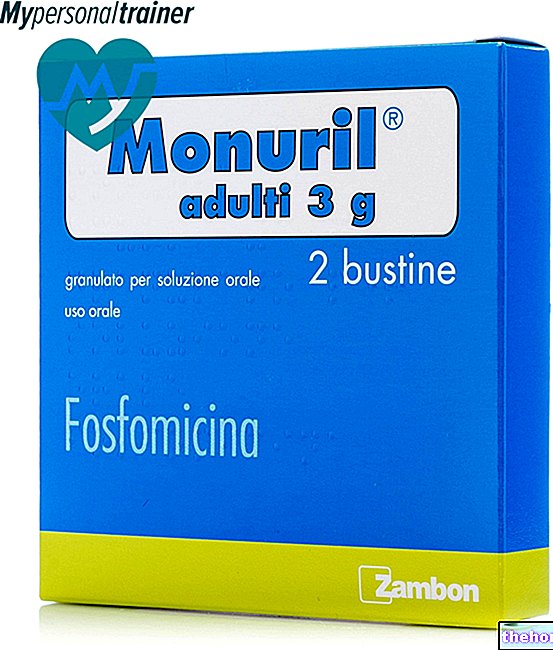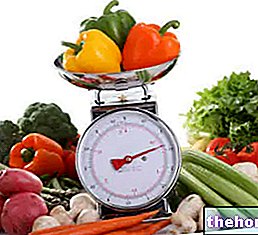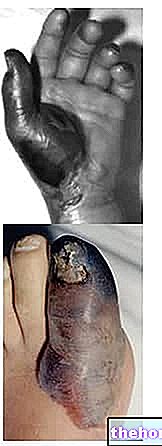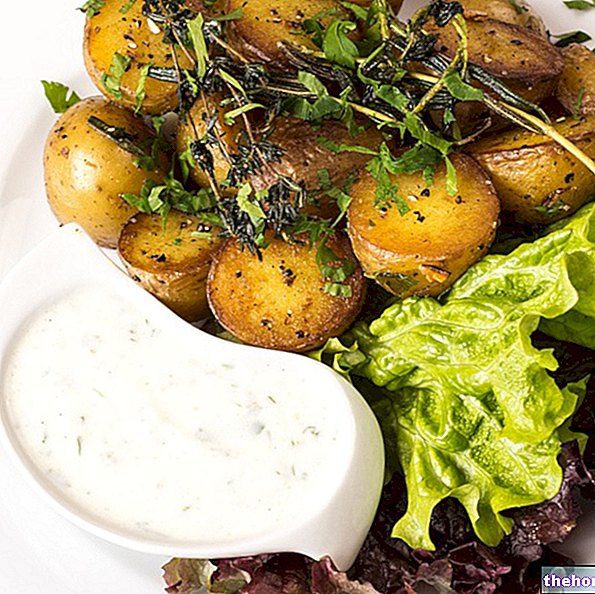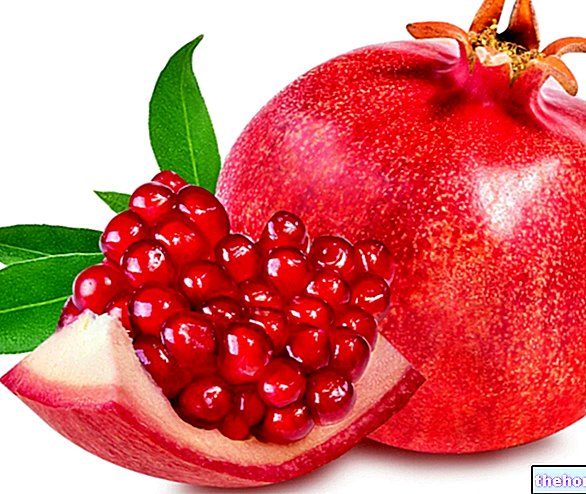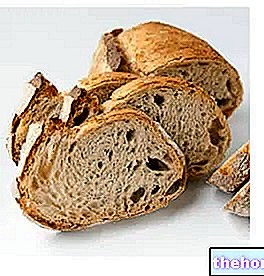Legumes: what they are and how to eat them
Legumes (legumes, Fabaceae or Papilionaceae) are foods of plant origin; more precisely, it is about seeds enclosed in a pod; belong to the order of Fabales, therefore, it is neither cereals nor berries or other vegetables.

Legumes are marketed under various forms of preservation; the fresh ones can be easily found on the fruit and vegetable stands at the harvesting period. Each species is unique: broad beans and peas are available in late spring, while beans (depending on the variety), lentils and chickpeas are available in summer. Legumes are also available preserved in cans, inside which they are immersed in the corresponding cooking and preserving liquid. Finally, legumes can be stored at room temperature in an optimal manner after drying; this last method allows not to use large quantities of salt (NaCl) and maintains some nutritional integrity.
NB. Dried legumes, with the exception of lentils, require a period of soaking in COLD water before cooking, which is essential for rehydration of the seed.
The functions of legumes in the kitchen there are many. Having a good starchy composition, they can replace (and frequently it would be desirable to do so!) Products based on cereals and potatoes (except for bread which requires gluten, which is absent in legumes). At the same time, thanks to the typical protein abundance, if properly associated with other foods, legumes can reach a biological value (BV) such as to replace foods of animal origin. To learn more, see the article: Legume proteins.
On a practical level, legumes can be used stewed in place of pasta or rice, boiled, drained and cooled as an accompaniment to dishes, and cooked together with cereals to achieve a BV similar to that of egg proteins.
Functions
Legumes have both nutritional and extra-nutritional functions.
Nutritional properties
The nutritional aspects of legumes can be differentiated into 1. Energy and macronutrients, 2. Mineral salts and vitamins.
- Energy and macronutrients
- Energy function and carbohydrate supply: fresh legumes provide a rather heterogeneous amount of energy; it ranges from 40kcal / 100g of broad beans, notoriously low-calorie, to 115kcal / 100g of lupins. Evaluating the energy introduced with legumes we must remember that, while for fresh and canned ones it is not necessary to change the values of the food composition tables, for dried legumes it is necessary to correct all the nutrients for a hydration coefficient equal to 3 A dry legume to soak (for example dried beans) which provides 300kcal / 100g, once rehydrated it will weigh 3 times as much, but for the same mass it provides 300/3 = 100kcal / 100g. Ultimately, all the values of dried legumes in the table must be divided by 3.
Most of the energy introduced comes from carbohydrates; these, even after cooking and the relative increase in digestibility, still have a moderate glycemic index (also thanks all "abundance of dietary fiber). - Protein and lipid intake: the proteins contained in them represent about 1/3 of the total kcal. These, despite having a modest BV, are deficient only in methionine and cysteine; it follows that, by associating them with other proteins rich in these two amino acids (such as those of cereals), they can reach a BV similar to that of animal proteins.
The lipids contained are polyunsaturated, therefore of good quality, but quantitatively irrelevant (1/15 of the total calories).
- Energy function and carbohydrate supply: fresh legumes provide a rather heterogeneous amount of energy; it ranges from 40kcal / 100g of broad beans, notoriously low-calorie, to 115kcal / 100g of lupins. Evaluating the energy introduced with legumes we must remember that, while for fresh and canned ones it is not necessary to change the values of the food composition tables, for dried legumes it is necessary to correct all the nutrients for a hydration coefficient equal to 3 A dry legume to soak (for example dried beans) which provides 300kcal / 100g, once rehydrated it will weigh 3 times as much, but for the same mass it provides 300/3 = 100kcal / 100g. Ultimately, all the values of dried legumes in the table must be divided by 3.
- Mineral salts and vitamins
- Mineral salts: legumes provide excellent quantities of iron (Fe), potassium (K) and phosphorus (P). The bioavailability of these minerals is limited, but considering that (for example) almost no fertile woman reaches the recommended daily amount of iron (18mg / day) with food (see women's anemia), supplementing the diet with legumes can help the approach to these values.
- Vitamins: the typical vitamins of legumes are above all thiamine (B1), niacin (PP), folic acid and biotin (vit. H).
The problem of meteorism and anti-nutritional factors
What generally slows down the population in the consumption of legumes are the so-called "side effects", ie bloating and flatulence. This phenomenon is mainly caused by colonic bacterial fermentation (large intestine) towards some glucose molecules, more precisely two oligosaccharides: raffinose And stachyose. The result is a more or less abundant production of methane which is absorbed in a very small part, but mostly undergoes "direct expulsion. On the other hand, a similar mechanism seems to favor the significant reduction of carcinogenic compounds by lowering the risk of cancer at the colon. In any case, to limit the onset of meteorism and flatulence is possible sift in the vegetable mill (do not blend!) well-cooked legumes excluding the peel.
It is however appropriate to specify that legumes also possess some anti-nutritional functions; among these we mention in primis the ANTITRIPTICA and ATIAMILASICA; during the digestion of legumes it is in fact possible to observe a significant reduction of the digestive efficacy towards proteins (up to 40% by inhibition of the trypsin and of chymotrypsin) and that towards starches (inhibition of amylase); it is therefore not advisable to consume excessively large portions (as for all other foods!), but above all to associate them with large quantities of protein foods. NB. These anti-nutritional elements can be inactivated through careful heat treatment.
Some molecules are also present chelating which hinder the absorption of minerals; obviously this is an aspect that does not totally nullify the contribution of calcium and iron ... but it is still good to remember their existence.
Further problems may concern the specific consumption of broad beans and peas by subjects affected by favism.
Legumes against high cholesterol
From a lipid-digestive point of view, eating legumes significantly reduces the absorption of cholesterol; this happens thanks to the chelating action of saponins (glycosides) and lecithin (plant steroid) both on the exogenous fat molecules and on the endogenous ones excreted in the intestine by means of the bile. NB. The saponins injected parenterally have ALSO shown a beneficial metabolic effect.
Ultimately, the consumption of legumes is particularly indicated in glycemic control, in the prevention and treatment of dyslipidemias, colon cancer and constipation.
Bibliography:
- Cereals and legumes in the diet for health - A. Formenti, C. Mazzi - New Techniques - pages 46-49

